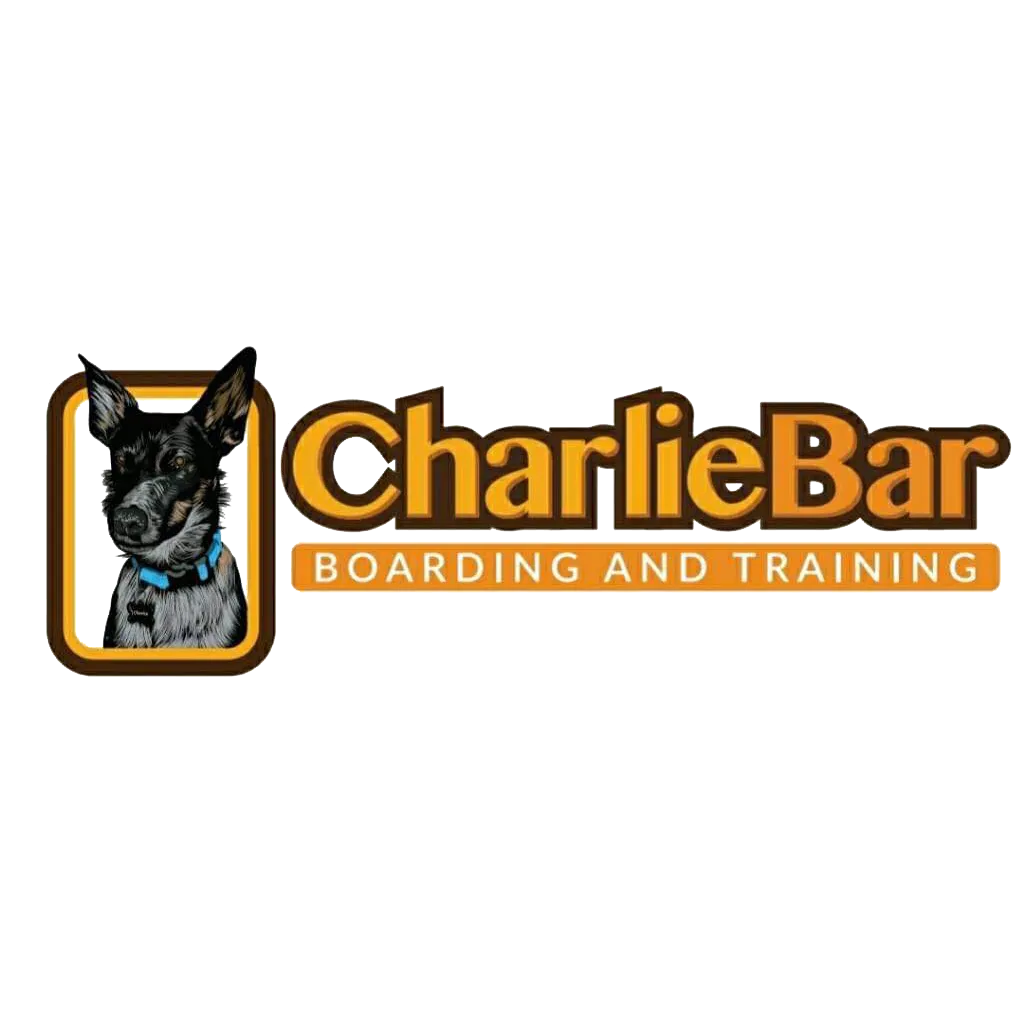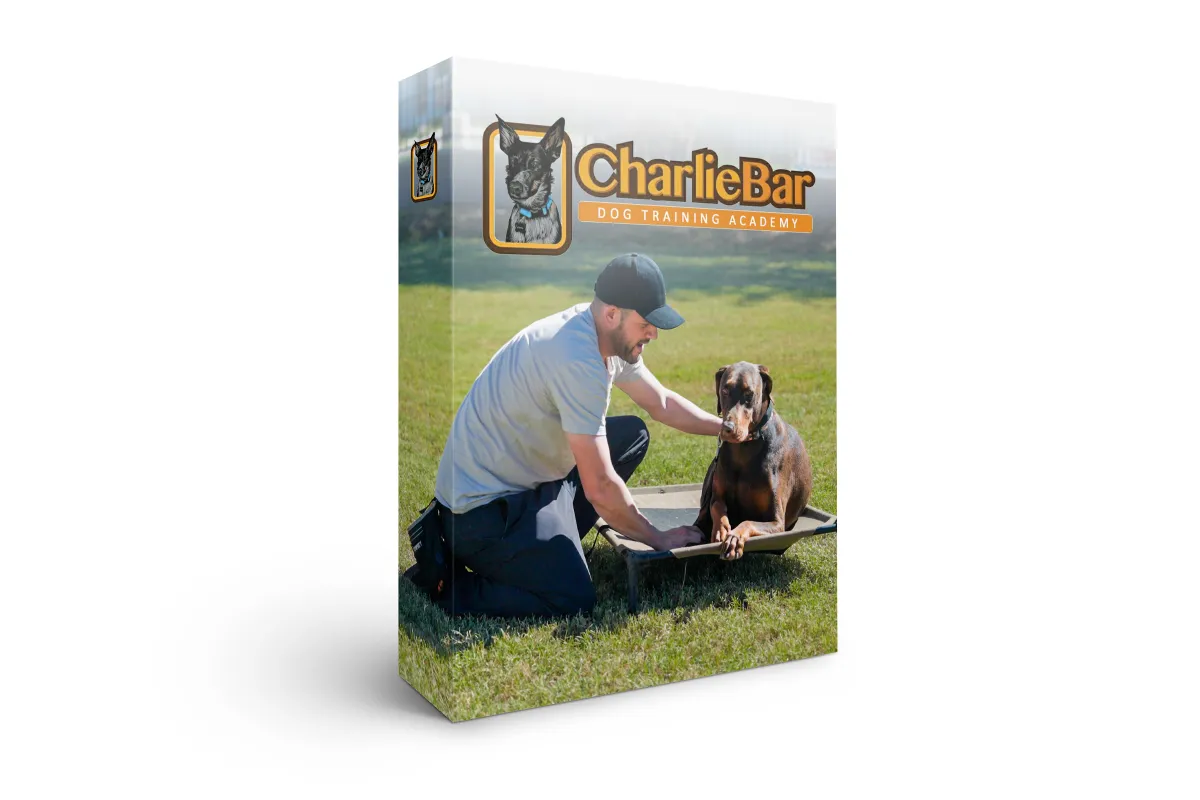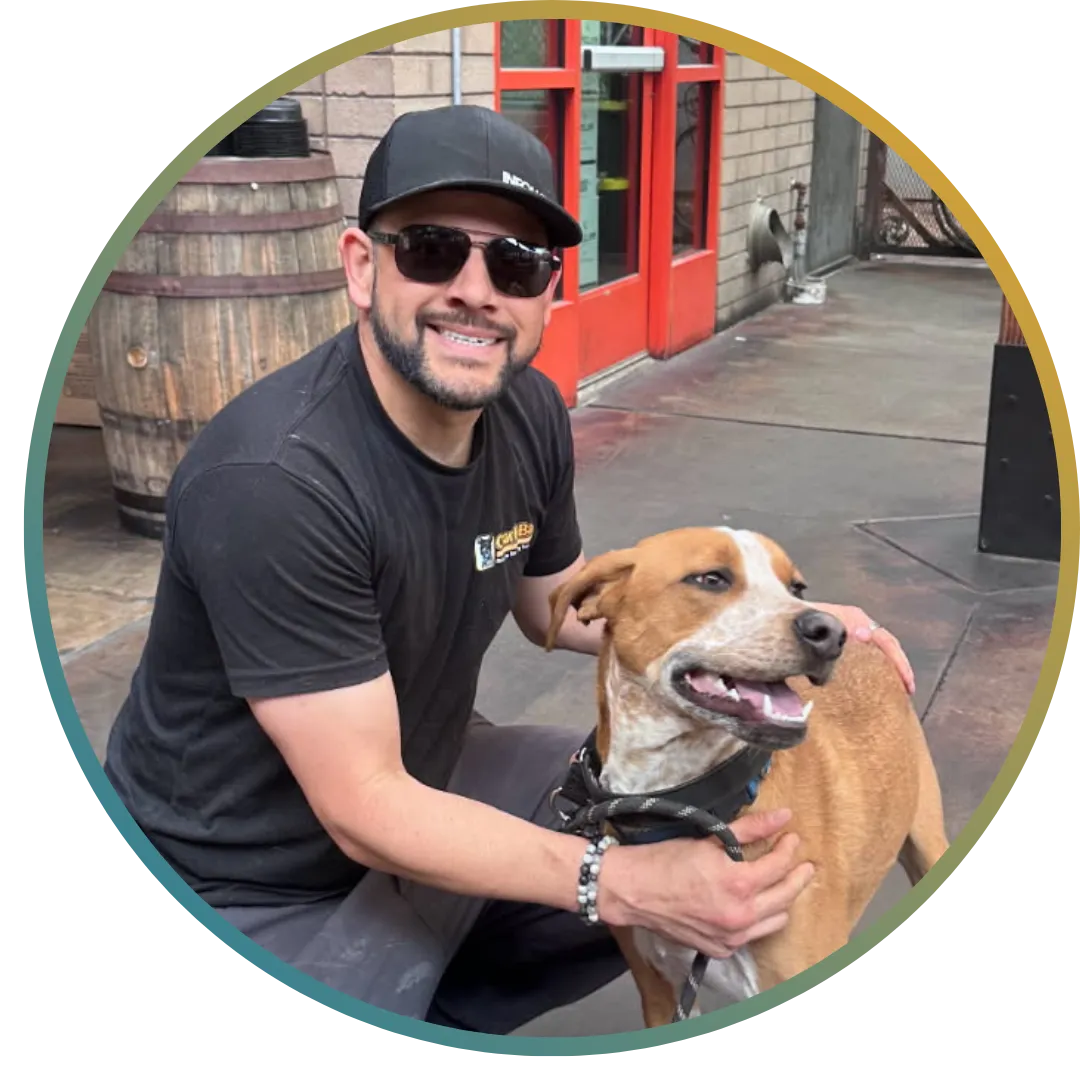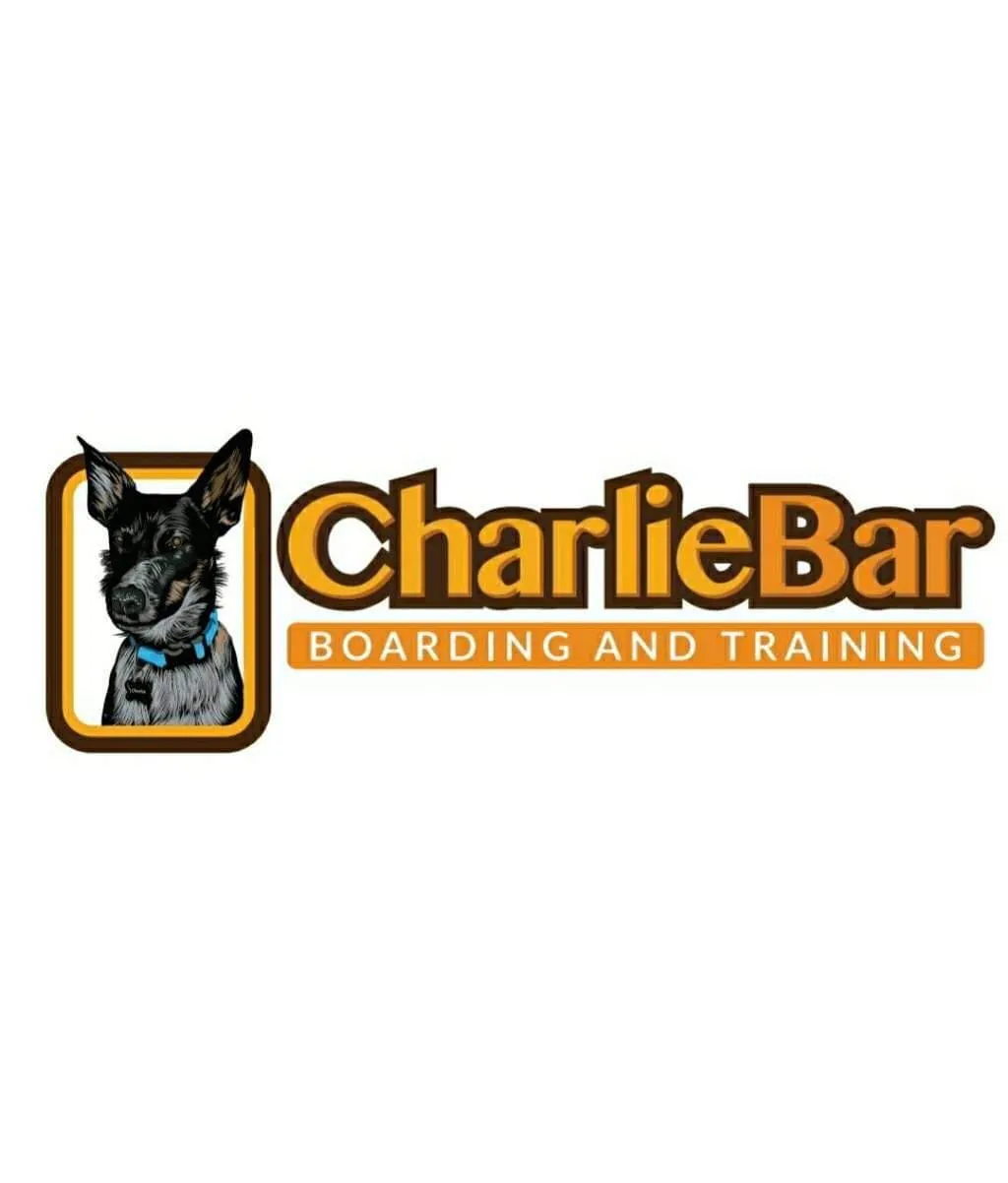
LEARN HOW TO TRAIN ANY DOG FROM ONE OF THE TOP TRAINERS IN THE COUNTRY
Make Sure Your Sound Is On

Get Instant Access to 50+ Video Lessons!
After completing this program your dog won't be pulling the leash, won't have any aggression, or be disobedient so you can actually enjoy your pup rather than be stressed out by them!
⭐️⭐️⭐️⭐️⭐️
10,000+ Dogs Trained!
400+ 5 Star Reviews!
50+ Video Lessons!
What You'll Get Inside the Academy
Absolutely EVERYTHING you need to master...
Tools of Communication
Boundaries
Stagnant vs. Mobile Behaviors vs. Ideas
Walking
Rescue/Foster Dogs
Rehabbing Dog/Human Agressive Dogs
Fearful Dogs and Specialized Ways of Working With Them
Agreeable vs. Disagreeable
All Positive vs. All Force
Possessive Dogs
Puppy Raising/Training
Choosing a Dog for Your Situation
The most in-depth online dog training academy on the market. Learn absolutely everything you need to know in order to get your dog to a point where you're having fun and feeling proud of your dog.
Included In Your Order

Private Facebook Group
Have questions? You'll get direct access to Ricardo, founder of Charlie Bar Dog Training, for personalized guidance and support directly from the professional and his team inside our exclusive community.

Top Tools List
The Must-Have Gear for Effective Dog TrainingWe’ve compiled a curated list of the most effective tools used by pros — no fluff, just what works.

Lifetime Access
Come back to the content whenever you need it. Your access never expires, so you can train at your own pace.

Pre-Launch Bragging Rights
You were here before the world caught on. As one of our founding members, you’re part of the original crew that helped shape the future of dog training.
See the Full Curriculum
Tools of Communications
✅ What the tools are and why they are important.
✅ The concept of beginning, middle, and end.
✅ Explaining how it attaches to every single thing you will actively and passively teach the dog.
✅ Common mistakes when using the tools of communication.
✅ The importance of timing for break and no and when the reward and correction are given out.
Boundaries
✅ Possible problems that can occur through a lack of boundaries and how genetics and entitlement play into it.
✅ What exactly should boundaries be and why
✅ How to reverse issues caused by having no boundaries
✅ When does one establish boundaries and how
✅ The concept of simplicity and why things should be kept black or white
✅ The loop holes once boundaries are established.
Stagnant vs. Mobile Behaviors vs. Ideas
✅ Examples of Stagnant vs. Mobile Behaviors vs. Ideas and how to create them.
✅ How Stagnant vs. Mobile Behaviors vs. Ideas may seem different but how they are actually the same.
✅ How body language is minimized for Stagnant vs. Mobile Behaviors vs. Ideas.
✅ How to expand the ideas to improve impulse control.
✅ The limitlessness that comes with understanding how any behavior, stagnant or mobile, is possible if you understand the similar patterns of teaching both.
Walking
✅ The smallest version of walking and how to start.
✅ Different tools and how they can be applied to walking. Different types of distraction and values of reward and negative and how they relate.
✅ The importance of the boundary - dogs shoulder to seem of your pants.
✅ Using environment, affection, food or play as reward.
✅ Going towards things the dog has issues with instead of avoiding.
✅ Walking a fearful dog, entitled dog, aggressive dog, reactive dog, spoiler it's all pretty much the same.
✅ Making the dog adjust to you instead of adjusting to the dog and why important.
Rescue/Foster dogs
✅ The challenges that come with these types of dogs.
✅ The benefits that come with these types of dogs.
✅ The issue of perception with these dogs and why you must create structure.
✅ Taking on too much in order to help as many as possible vs doing a solid job with a few.
✅ The benefit of knowing the formula and techniques.
Rehabbing Dog/Human Aggressive Dogs
✅ How developing the tools of communication is a vital first step and how to apply those tools of communication to this situation.
✅ Training tools to use when working with dog aggressive dogs.
✅ How to work around dogs in a structured format.
✅ How to work with dogs in unstructured format.
✅ Why structured walking is so important in this situation.
Fearful Dogs and Specialized Way to Work with Them
✅ Common fearful dog types
✅ Applying tools of communication to fearful situation
✅ Why walking is crucial to rehabbing fear
✅ The art of capturing behaviors for feral dogs
✅ Gaining trust and different body orientation for these dogs
✅ Mentality handler should have when dealing with these issues
Socializing Dogs Off Leash
✅ Common fearful dog types
✅ Applying tools of communication to fearful situation
✅ Why walking is crucial to rehabbing fear
✅ The art of capturing behaviors for feral dogs
✅ Gaining trust and different body orientation for these dogs
✅ Mentality handler should have when dealing with these issues
Forms of Energy Release
✅ Common fearful dog types
✅ Applying tools of communication to fearful situation
✅ Why walking is crucial to rehabbing fear
✅ The art of capturing behaviors for feral dogs
✅ Gaining trust and different body orientation for these dogs
✅ Mentality handler should have when dealing with these issues
Structured Play and Different Types
✅ Common fearful dog types
✅ Applying tools of communication to fearful situation
✅ Why walking is crucial to rehabbing fear
✅ The art of capturing behaviors for feral dogs
✅ Gaining trust and different body orientation for these dogs
✅ Mentality handler should have when dealing with these issues
Agreeable vs Disagreeable Dogs
✅ Common fearful dog types
✅ Applying tools of communication to fearful situation
✅ Why walking is crucial to rehabbing fear
✅ The art of capturing behaviors for feral dogs
✅ Gaining trust and different body orientation for these dogs
✅ Mentality handler should have when dealing with these issues
All Positive vs. All Force
✅ Common fearful dog types
✅ Applying tools of communication to fearful situation
✅ Why walking is crucial to rehabbing fear
✅ The art of capturing behaviors for feral dogs
✅ Gaining trust and different body orientation for these dogs
✅ Mentality handler should have when dealing with these issues
Possessive Dogs
✅ Common fearful dog types
✅ Applying tools of communication to fearful situation
✅ Why walking is crucial to rehabbing fear
✅ The art of capturing behaviors for feral dogs
✅ Gaining trust and different body orientation for these dogs
✅ Mentality handler should have when dealing with these issues
Puppy Raising/Training
✅ Common fearful dog types
✅ Applying tools of communication to fearful situation
✅ Why walking is crucial to rehabbing fear
✅ The art of capturing behaviors for feral dogs
✅ Gaining trust and different body orientation for these dogs
✅ Mentality handler should have when dealing with these issues
Choosing a Dog for Your Situation
✅ Common fearful dog types
✅ Applying tools of communication to fearful situation
✅ Why walking is crucial to rehabbing fear
✅ The art of capturing behaviors for feral dogs
✅ Gaining trust and different body orientation for these dogs
✅ Mentality handler should have when dealing with these issues
ABOUT YOUR INSTRUCTOR
Introducing Ricardo Paredes, an esteemed dog trainer with a wealth of experience and a passion for canine companionship. With over a decade dedicated to the art of dog training, Ricardo has honed his skills in working with dogs of all breeds and temperaments.
Ricardo's training philosophy embraces a balanced approach, incorporating a variety of effective techniques tailored to each individual dog's needs. His expertise and exceptional results have garnered recognition in the media, as he has been featured on Fox News and Gilbert Sun News.
Renowned as one of the world's finest trainers, Ricardo Paredes has positively impacted the lives of over 10,000 dogs and their grateful owners. His extensive experience, coupled with his unwavering dedication, has earned him a well-deserved reputation for excellence in the field.
The inception of CharlieBar Dog Training holds a special place in Ricardo's heart. Inspired by the memory of his beloved rescue dog, CharlieBar, who crossed the Rainbow Bridge, Ricardo embarked on a mission to create a training program that would empower both dogs and their human companions to forge stronger bonds.
With Ricardo Paredes as your guide, you can expect personalized and effective training solutions that address your dog's unique challenges and unlock their true potential. Join the countless satisfied clients who have witnessed the transformative results of Ricardo's expertise, and embark on a remarkable journey towards a harmonious and joyful relationship with your furry friend.

FEATURED ON


What Other Dog Owners Are Saying






